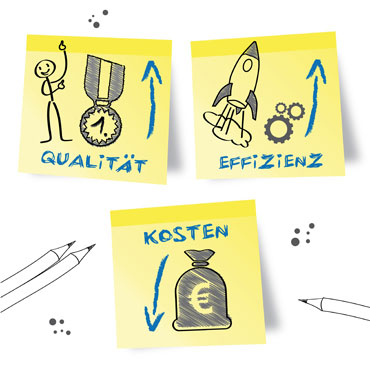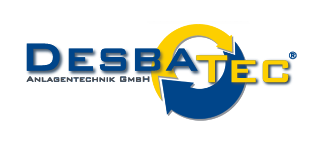
Increase production capacity and quality through solvent recycling? Nonsense, isn’t it?
- Published: Monday, 14 April 2014 11:21
- Written by Peter Tomolik

Can solvent recycling lead to an increase of production capacity and simultaneously increase the quality of the products?
Yes, it can.
For example in optics manufacturing.
Optical parts have to be repeatedly cleaned throughout the production process.
A current method for this is cleaning in the dipping method, with this the parts are immersed in different solvent baths after another, so that the contamination is removed step after step and after the last bath the parts are optimal cleaned. With each bathing procedure the baths absorb more and more pollution, so that polluted solvent has to be dumped and replaced with fresh solvent regularly. Of course the cleaning result and the cleaning performance are subject to fluctuation depending on the fact whether the bath has just been refreshed or is at the end of a cycle.
The replenishment with fresh goods causes high costs for the purchase of solvent, as well as for the disposal of the used solvent. Additionally not insignificant logistics efforts arise for the filling and discharging of the baths.
On first sight this method is quite feasible as it delivers the desired results at reasonable costs.
But what if there was great potential for improvement? What if there was a possibility for keeping the baths on a constant low contamination level without having to regularly replenish with fresh, expensive solvent?
For comparison think about swimming pools: also here pollution happens during operation, also here it is necessary to clean the bath. However, no one would prefer disposing polluted water and replacing it with fresh water. Here, circulation systems, pumps and filter systems provide a continuous cleaning of the water and therefore hygienic bathing conditions.
This is also possible at cleaning of your immersion baths, using a solvent recycling unit which recovers the solvent out of the baths through vacuum distillation and thus separates it from the pollutants. Directly integrated in your processes and with continuous out- and inflows it is possible to achieve a constant regeneration/ recirculation of your immersion baths. Since the recovered solvent (distillate) has a constant high quality, with a unit suited to your capacities you are able to ensure that the immersion baths have a constant purity and therefore achieve reliable cleaning results.
This speeds up the cleaning process, reduces downtime, reduces quality losses due to not optimal cleaning and thus even increases your production capacity. Because at high, constant cleaning performance this boosts the throughput of the immersion bath and you are able to treat more parts per time unit than before. No matter whether you clean optical components or degrease/ de-oil semi-products or have similar applications. Customers who rely on this method were able to increase the throughput of their immersion baths by more than 50% and thus produce more parts than before.
Inquiry without obligation
Get an offer for your use case
Finally, not only quality and production capacity increase. You can even save costs: up to 98% of the solvent can be recovered, i.e. you save up to 98% of your fresh goods purchase, and thus your disposal costs decrease as well, because you only have to dispose a fraction of the previously consumed solvent.
Already after half a year (!) – depending on the volume of your needs- the costs for a solvent recycling unit have often paid off and after that you save costs every month. Savings which increase your profitability and your competitiveness.
Talk to us, we are happy to advise you on your requirements and saving potentials at the recovery of solvent and the associated optimization of your production/ quality.
Quality. Innovation. DesbaTec

 DE
DE
 EN
EN